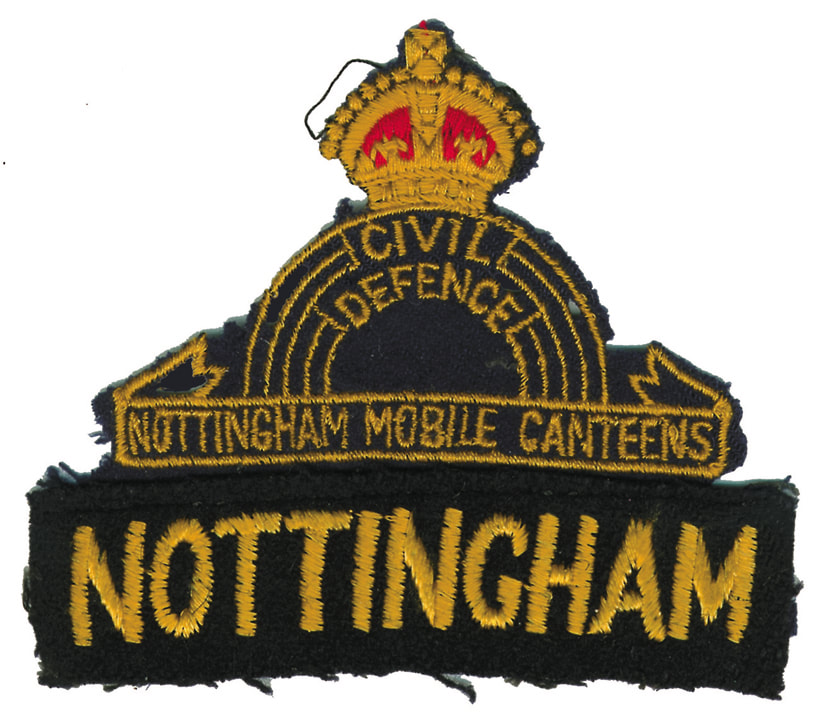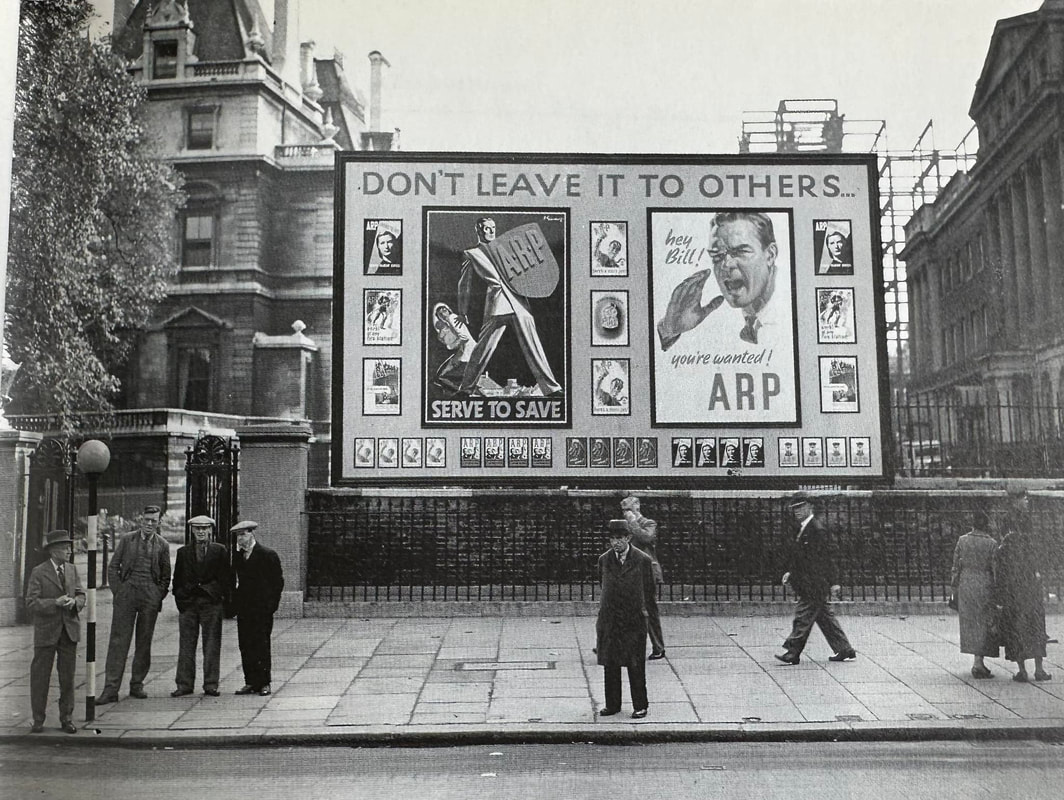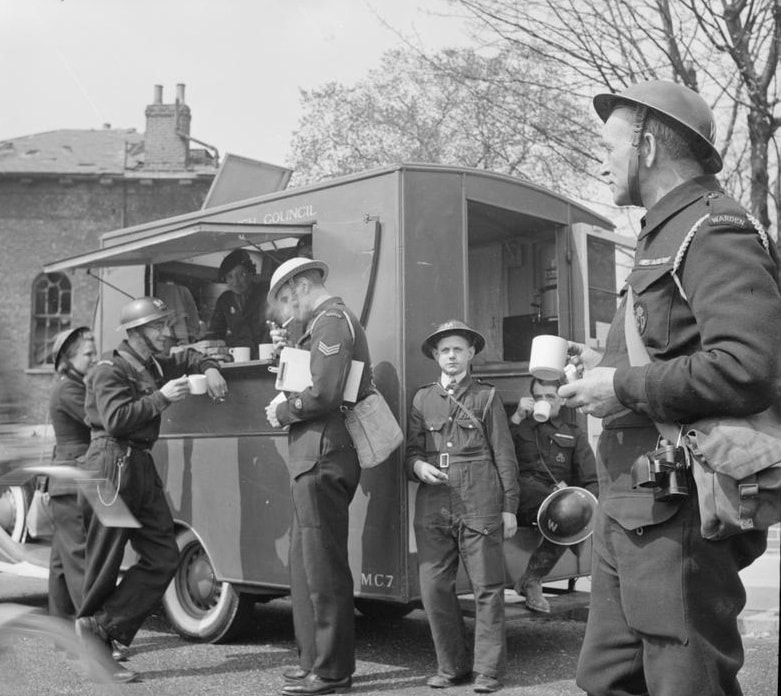|
Members of the Civil Defence General Services that had been trained by the St. John Ambulance Association in first aid could wear an embroidered badge on their battledress blouse or tunic. These badges had "St. John Ambulance Association" around the circumference with the Royal Order of St. John's Amalfi Cross at the centre (the lions and unicorns had been granted by royal patronage).
Founded in 1877, the St. John Ambulance Association was created to provide first aid training. The St. John Ambulance Brigade was founded in 1887 to provide uniformed medics at public events. The two were merged in 1968. The below yellow St. John Ambulance Brigade celluloid pin badge has ARP in the centre. I've not come across any documentation specifically about this badge but I presume it was an early war badge for wear on civilian clothes by members of the brigade who were also volunteering within the ARP services. Examples are quite scarce and prices can be high for the badge (£30+).
0 Comments
A very rare survivor is this "GAS CLEANSINF FACILITIES HERE" sign from Orpington Urban District Council. As can be seen from the details to the reverse, the sign was to be placed in a householder's window following the sounding of a gas alert (the gas rattle). This would allow wardens and other CD personnel to take casualties exposed to gas bombs to that location to receive treatment.
Images courtesy of Nick Wall. Following on from a recent blog post about a Mobile Canteen Unit, Steve Taylor was kind enough to allow me to share these two badges from his collection. There are not that many county or town specific badges for canteen workers but Nottingham clearly saw the need to give volunteers a badge for when they were working. Apart from the WVS it's quite rare to see specific location badges like this.
Another photo of the 1938 recruitment drive for volunteers to join the Air Raid Precautions (ARP) services. Several different posters shown and you can see each in more detail on this previous blog post.
The "Serve To Save" poster (see below) was designed by graphic artist James Gardner. Prior to the outbreak of the second world war he was an illustrator for the Ministry of Information producing a number of posters. During the war he also worked on a range of deception projects including inflatable decoy tanks and landing craft. Wherever the Civil Defence services were required to work the presence of a mobile canteen was sure to follow. Hundreds of photos show personnel congregating around a canteen for a quick cuppa and a slice of something.
The below Mobile Canteen Unit was supplied as part of the "British War Relief Society - USA to Great Britain" scheme. The British War Relief Society (BWRS) was a US-based humanitarian umbrella organisation dealing with the supply of non-military aid such as food, clothes, medical supplies and financial aid to people in Great Britain during the second world war. The organisation acted as the administrative hub and central receiving depot for items donated from other charities which were then sent out to its affiliate organizations in the US and to Britain. These donations were raised in the name of the BWRS, rather than in the name of the smaller groups. Additionally, this particular one was presented by employees of the Western Union Telegraph & Cable System in the US. |
Please support this website's running costs and keep it advert free
Categories
All
Archives
June 2024
|
|
|
Copyright © 2018–2024
|









 RSS Feed
RSS Feed